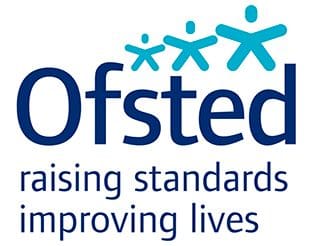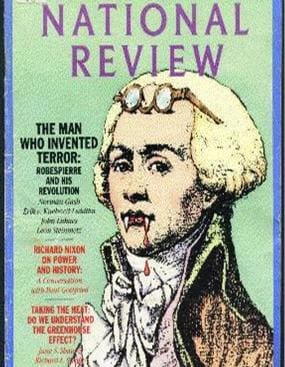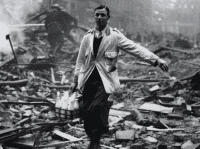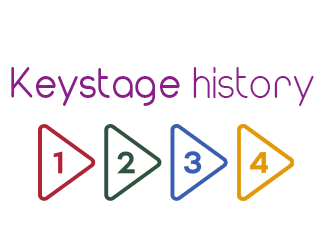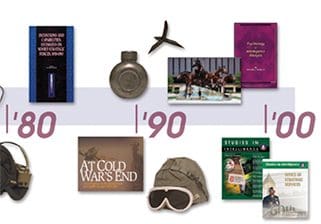
Chronology is difficult for young children. They generally get batter as they get older, as they can relate one period to the next in context. Of course they can learn the order, much as they can remember a rhyme for sequencing the monarchs, but how much sense can they make of it? And do they need to bother? Is it all about the hard grind of learning dates. Surely not. So what can we do to help. What about dispensing with dates initially and coming up with some easier-to-remember handle?
The Dutch government have recently wrestled with this and came up with just 10 periods. Have they got it right? what would your 10 be What would you call them? Could your pupils sequencing an iconic image from each in chronological order, without dates? How often are they asked? Would frequent quick-fire practice help. You can read about how I used the TIMEBOX approach with hundreds of Hampshire schools and the pupils loved it. You can find it fully described in the Teaching drop down menu under teaching chronology it access the KS2 one here.
Anyway, returning to our main theme. Dividing the whole of world history into 10 ‘periods? An impossible task I know but it has been done recently by the Dutch education system for their history curriculum.
I wonder what your 10 would be? Could the children remember them better if we gave them catchier titles? Are then any surprising omissions? How different would be the UK perspective?
Having listed the 10, the Dutch ministry then gave between 3 and 5 bullet points for each of the 10 . Fascinating. No mention of Ancient Egypt, I discovered?
Anyway here are the 10 for you to ponder, in chronological order, naturally.
- Hunters and Gatherers
- Greeks and Romans
- Monks and Knights
- Cities and States
- Discoverers and reformers
- Regents and princes
- Wigs and Revolutions ( NB Not Whigs!)
- Citizens and Steam Engines
- World Wars and crisis
- Television and computer

